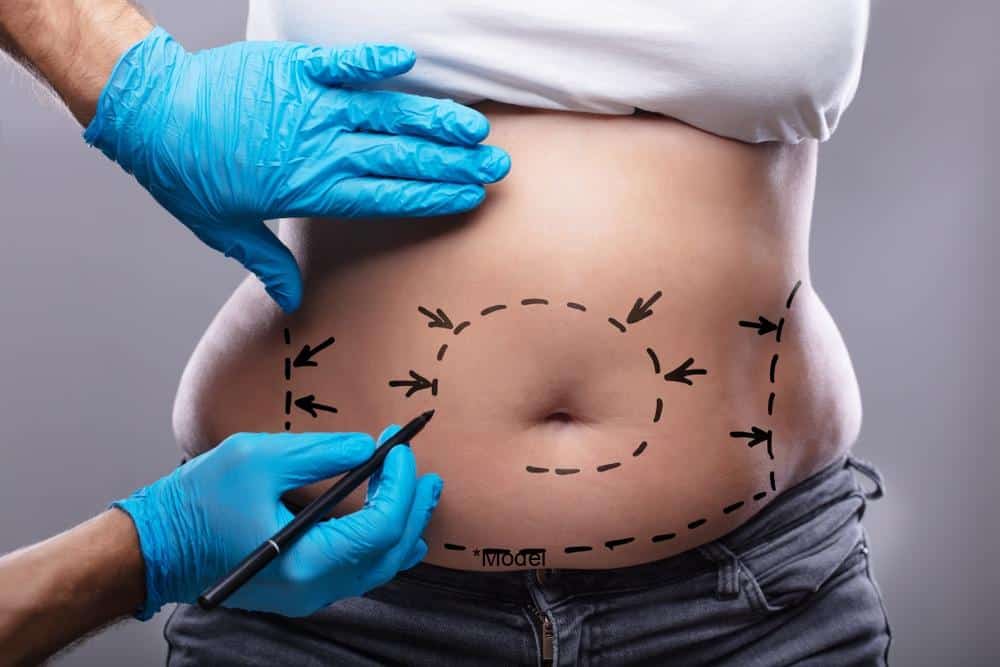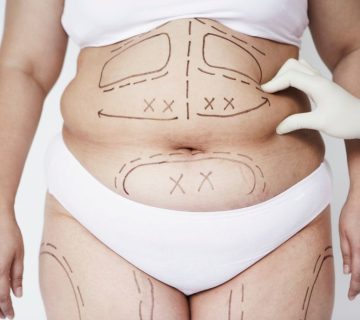Liposuction Recovery: Physical & Emotional Healing
When you are a woman considering liposuction to remove stubborn fat and create a better body contour, it’s important to understand that your journey doesn’t end once the fat cells are removed. The recovery period after a liposuction procedure is crucial for achieving smooth, long-lasting results.
Whether you’re targeting the abdomen or multiple treatment areas, following your board-certified plastic surgeon’s guidance will help you get the most out of this cosmetic procedure. At Dr. Brian Pinsky’s practice, we emphasize preparation, including a thorough consultation about anesthesia (often general anesthesia), incision care, and the importance of using a cannula to remove fat cells effectively. By pairing liposuction with a healthy diet and exercise, many patients find they can enhance their body contour in ways not possible through lifestyle changes alone.
The key is knowing what to expect post-surgery and how to support your healing process, including consistent use of a compression garment for about six weeks to reduce swelling and protect your new silhouette. For additional tips, be sure to review our guide on How to Prepare for Liposuction.
Emotional Responses After Liposuction Surgery
Undergoing liposuction can be emotionally transformative, especially if you’ve struggled with stubborn fat in the abdomen or other areas despite following diet and exercise regimens. It’s normal to feel excitement once the procedure is over, yet also experience moments of impatience or concern when initial swelling or bruise formation obscures your final contour. The anesthesia, changes in your body shape, and post-operative downtime can all impact how you feel.
Staying in touch with your board-certified plastic surgeon, maintaining a supportive environment at home, and recognizing that each body heals at its own pace are key factors in navigating these emotional ups and downs. Remember, liposuction isn’t only about the fat removed—your mindset plays a big part in how you perceive your progress.
Managing Emotional Highs & Lows
To support your emotional well-being, celebrate small milestones as you recover, such as noticing a reduction in swelling or comfortably resuming light activities. Discuss concerns with your plastic surgeon during follow-up visits and stay informed about how your incisions are healing. If you’ve also undergone a tummy tuck or another cosmetic surgery alongside liposuction, you may need additional rest before returning to work. Patient education and realistic expectations help smooth out the emotional roller coaster, keeping you focused on your desired outcome.
Key Factors Affecting Liposuction Procedure Recovery
The extent of your fat removal, the location and number of incisions, and whether you had multiple procedures (like combining a tummy tuck) directly influence recovery time. Wearing a compression garment for about six weeks is highly recommended to reduce swelling and keep the body contour in check, especially around the abdomen or other large treatment areas. A balanced diet, adequate hydration, and avoiding strenuous tasks also expedite healing.
Your plastic surgeon may prescribe specific guidelines for incision care, pain management, and follow-up visits, ensuring any stubborn or uneven areas are addressed promptly. This approach is crucial if you aim to maintain long-term improvements that diet and exercise alone couldn’t provide.
Scope of Fat Removal
Removing a significant volume of fat cells can mean a slightly longer healing window, more pronounced bruising, and an extended period of compression. For those opting to remove fat from multiple treatment areas, your surgeon will advise you on the optimal post-operative plan, including how soon you can safely return to work.
Healing Stages to Expect During Recovery
- Stage 1 – Inflammation (Days 1-7): Immediately after surgery, expect swelling, bruising, and the most noticeable tenderness. While you may be eager to see the fat removed, this is a normal reaction to liposuction.
- Stage 2 – Proliferation (Weeks 2-6): During this phase, tissues generate new collagen to tighten treated regions. Swelling around the incision sites usually subsides, and you start to see a more defined contour.
- Stage 3 – Remodeling (2+ Months): By the final stage, you’ll see your refined shape take form. At this point, you’re often cleared for higher-intensity exercise or heavier lifting, although your surgeon’s advice may vary depending on your unique recovery timeline.
Pain Management & Compression: Discomfort levels vary, but most patients find relief in prescribed pain medication, gentle walks to enhance circulation, and consistent use of a compression garment. Designed to provide steady support, this garment helps reduce swelling and shape the treatment area as it heals. Even if you feel better sooner, wearing it for at least six weeks can be vital in establishing long-term body contour improvements.
Recommended Activities & Returning to Work
Light movement in the early days, such as short walks, promotes healthy blood flow and helps reduce stiffness. However, more strenuous exercises or heavy lifting can strain your incisions, especially if your liposuction procedure included a large treatment area like the abdomen. Most women can start returning to work in a couple of weeks if it doesn’t involve intense physical demands, although it’s always best to follow your board-certified plastic surgeon’s advice.
- Gradual Increases in Activity: Reintroduce daily tasks at a moderate pace, pausing if you feel discomfort.
- Supportive Nutrition: Fuel your healing body with high-protein meals, vitamins, and consistent hydration to assist with tissue repair.
- Check-In with Your Surgeon: If you notice issues such as lingering bruises, significant swelling, or any unusual pain, schedule a follow-up appointment promptly.
Common Concerns & Their Solutions
| Concern | Possible Causes | Solution |
|---|---|---|
| Swelling & Bruise Formation | Natural reaction to incision trauma and fat removal | Wear your compression garment continuously, apply cool compresses, and stay well hydrated to reduce swelling. |
| Persistent Discomfort | Healing tissues, inflammation post-anesthesia | Follow your plastic surgeon’s pain-management plan and avoid high-impact movements until you’re cleared. |
| Slow Healing | Poor diet, smoking, large treatment area | Maintain a balanced diet, quit smoking, and follow up regularly with your board-certified plastic surgeon. |
| Contour Irregularities | Uneven fat removal or extended swelling | Continue wearing compression for six weeks, get follow-up evaluations, and consider additional cosmetic procedures like a tummy tuck if recommended. |
Final Thoughts on Body Contour & Liposuction
Liposuction is a powerful cosmetic procedure that can remove stubborn fat and sculpt your body contour where diet and exercise may fall short. From understanding anesthesia and incision placements to diligently wearing a compression garment for six weeks, each step you take contributes to a smoother, more confident result.
By partnering with a board-certified plastic surgeon like Dr. Brian Pinsky, you’ll receive expert guidance tailored to your treatment area, lifestyle, and goals. Keep in mind that a balanced approach—rest, gradual reintroduction of daily activities, proper compression, and healthy habits—will help you reach and maintain the contours you’ve worked to achieve. If questions arise about your progress or how to optimize your liposuction experience, don’t hesitate to reach out to us for dedicated post-operative support. Here’s to embracing a brighter, more contoured future—one that reflects your personal commitment to self-care and transformation.



